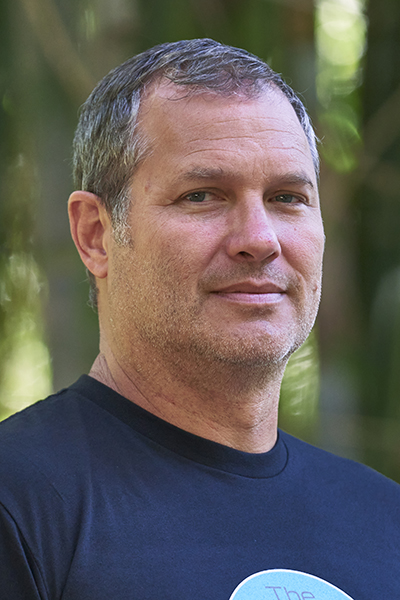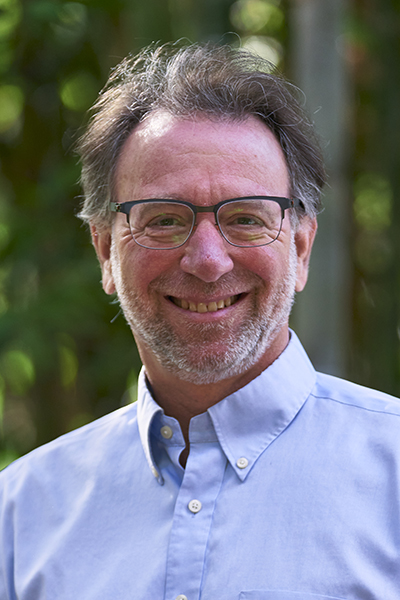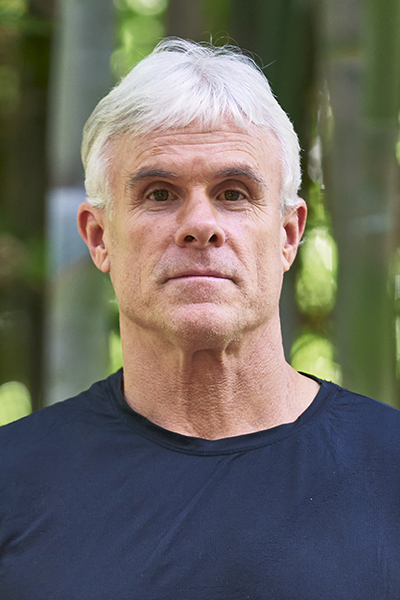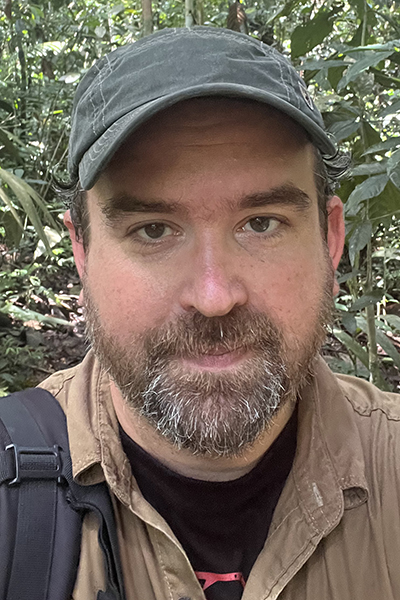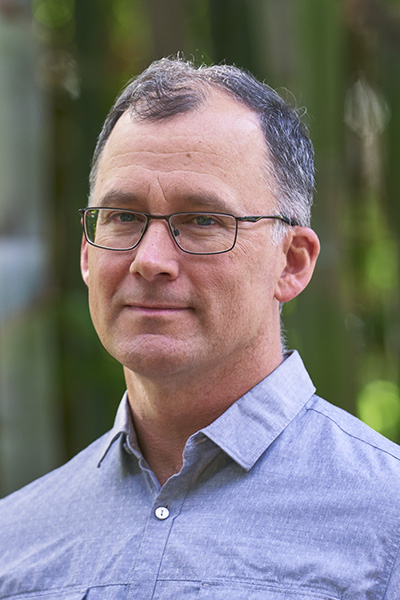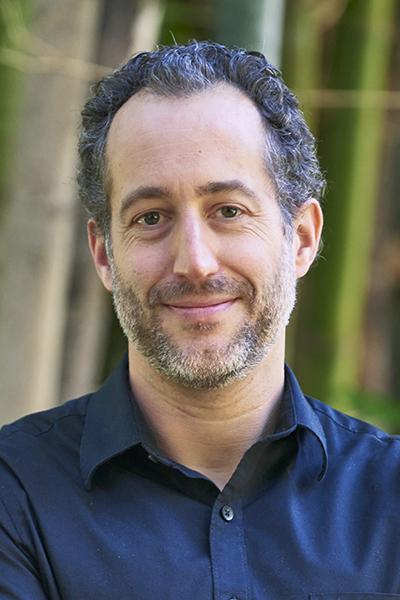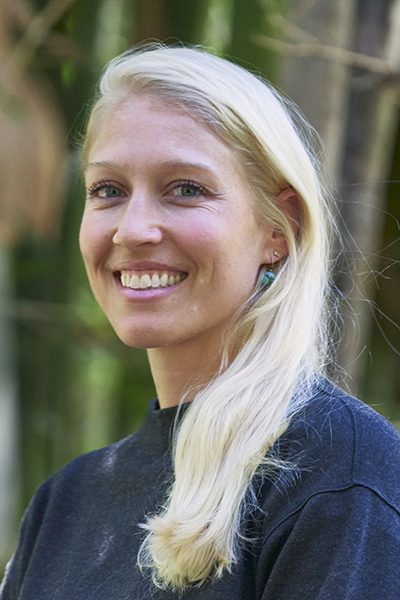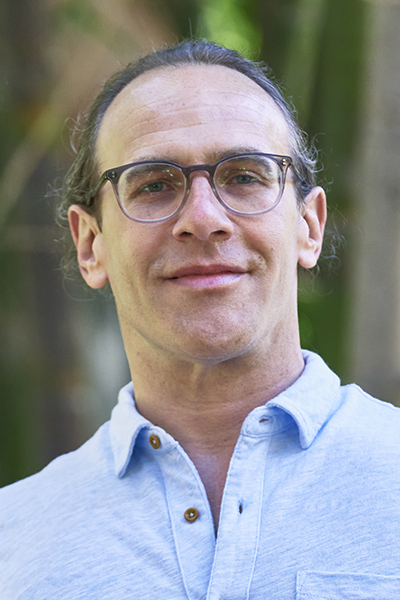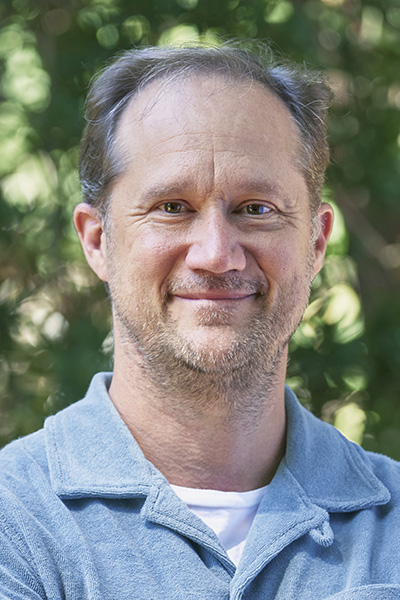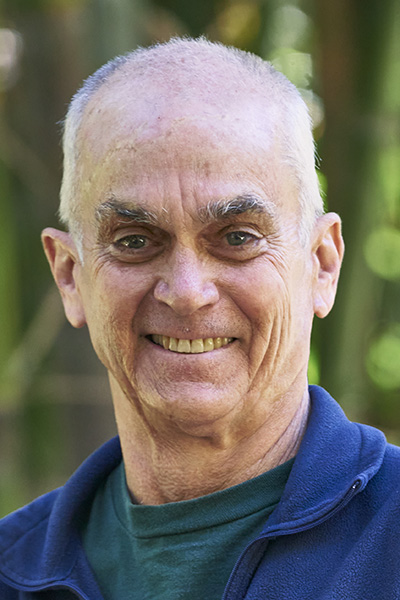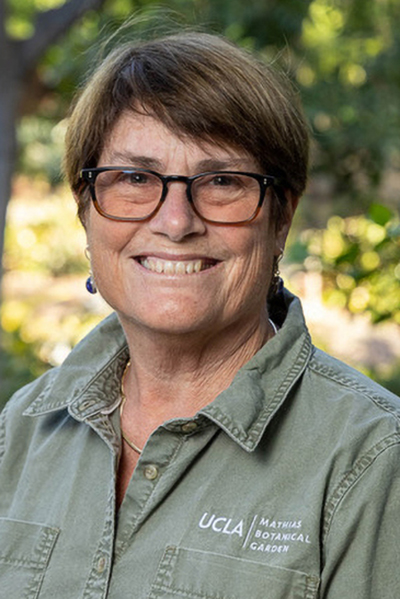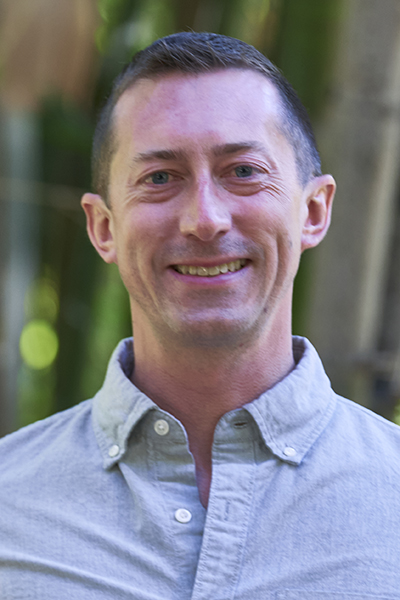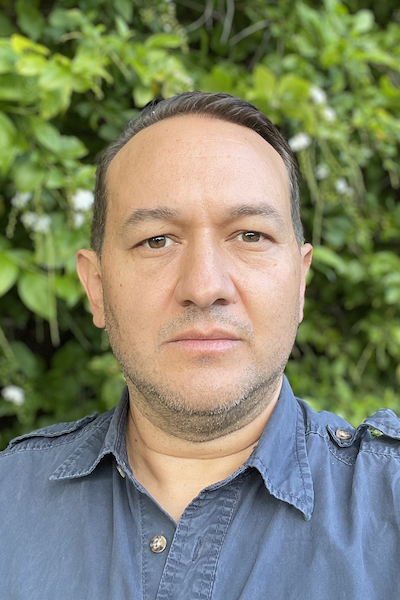Professors
Adjuncts
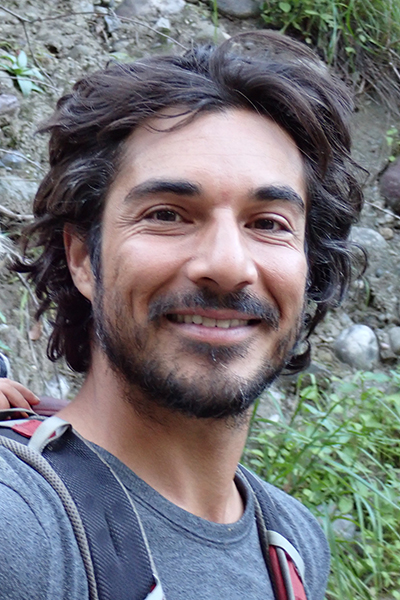
Anthony BaniagaAdjunct Assistant Professor |

Christy BrighamAssistant Adjunct Professor |
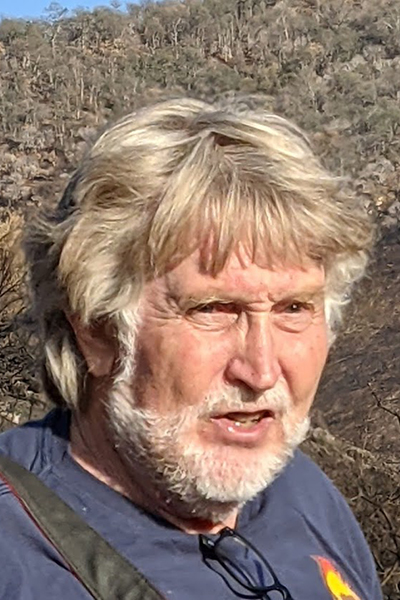
Jon KeeleyAdjunct Professor |

Benjamin KnowlesAssistant Adjunct Professor |

Brenda LarisonAssistant Adjunct Professor |

Jonathan MarcotAssistant Adjunct Professor |

Barbara Natterson-HorowitzAdjunct Professor |

Seth RileyAssociate Adjunct Professor |

Debra ShierAssistant Adjunct Professor |

Xiaoming WangAssociate Adjunct Professor |
Emeriti
| Clifford Brunk | Molecular biological approaches to the study of evolution. |
| Martin Cody | Community structure, determinants of diversity, density and distribution, interspecific interactions and adaptive morpho |
| Franz Engelmann | Insect physiology, insect and invertebrate endocrinology. |
| Elma Gonzalez | Cell and molecular biology of calcification in coccolithophorid algae. |
| Patty Gowaty | Evolutionary ecology, evolution of behavior, sexual behavior, mating systems, sexual conflict, parental behavior, maternal effects, developmental plasticity, sex allocation, genetic parentage, ornithology |
| Henry Hespenheide | The evolutionary ecology and biodiversity of Neotropical wet forest insects. |
| Steve Hubbell | Community ecology; biodiversity |
| Ken Nagy | Ecological physiology of terrestrial vertebrates, especially desert reptiles. |
| Peter Narins | Auditory Behavior, Neurophysiology and Mechanics |
| Park Nobel | Plant physiological ecology, especially agaves and cacti |
| Philip Rundel | Adaptations of plants to environmental stress, focusing on mediterranean, desert, and tropical ecosystems; applications of environmental sensor arrays for ecological research |
| Thomas Smith | Evolutionary ecology, speciation, and conservation of vertebrates, especially in the tropics. |
| Charles Taylor | avian bioacoustics; adaptive sensor arrays; artificial life |
| Blaire Van Valkenburgh | Paleobiology, ecology, and functional morphology of vertebrates |
| Richard Vance | Marine, Theoretical, and Restoration Ecology |
| Eduardo Zeiger | Plant physiology and photobiology; with emphasis in stomatal function. |
| Cheryl Ann Zimmer | Population ecology of marine organisms, especially the role of hydrodynamic processes |
| Richard Zimmer | Ecology and sensory biology of aquatic organisms; chemical signals and communication |



